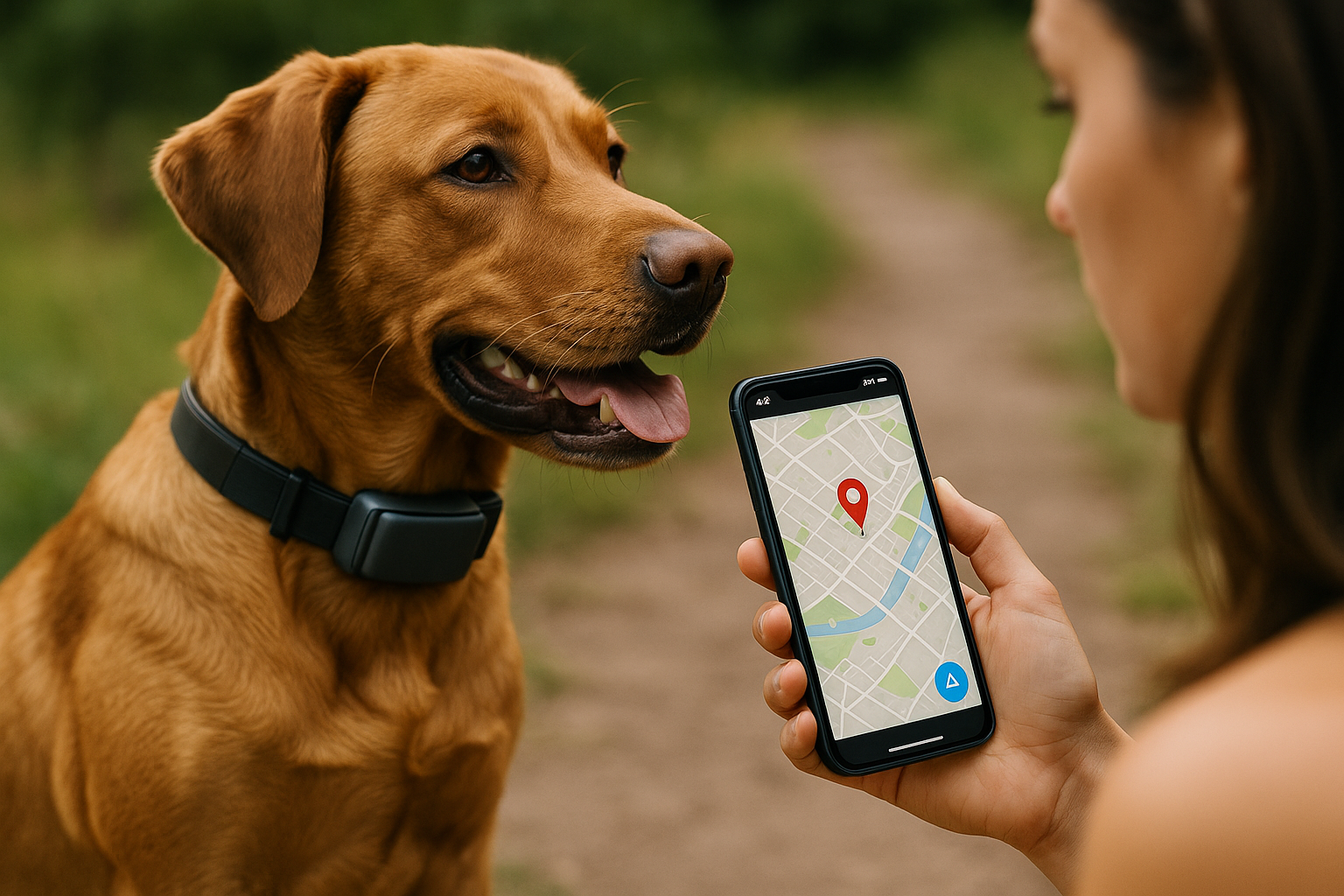A New Era in Pet Tech: The Rise of GPS Collars for Dogs
GPS technology is ubiquitous in our modern world, guiding us to our destinations, tracking our fitness progress, and now, ensuring the safety of our beloved pets. GPS collars for dogs have emerged as a groundbreaking innovation in pet care, offering an unprecedented level of security for pet owners. This article delves into the fascinating history, current trends, and future potential of this revolutionizing pet accessory.

The Inception of Pet Tracking Technology
The use of technology to track pets isn’t a new concept. Microchipping, the process of implanting a tiny chip under a pet’s skin, has been a common practice for decades. This chip carries a unique ID number that, when scanned by a vet or shelter, can help reunite lost pets with their owners. However, the arrival of GPS collars for dogs marked the beginning of a new era in pet tracking, offering real-time, pinpoint tracking capabilities.
The Advent of GPS Collars for Dogs
GPS collars for dogs first entered the market in the early 2000s, primarily serving as a tool for hunting dogs. These initial models were bulky, expensive, and had limited battery life. However, as GPS technology became more compact and affordable, mainstream pet owners began to see its potential. In the last decade, GPS collars have undergone significant advancements, becoming more user-friendly, accurate, and affordable, thus increasing their popularity among dog owners.
Today’s GPS Collars: Features and Benefits
Current GPS collars offer a host of features, from real-time tracking to virtual fencing and fitness tracking. These collars use satellite networks to pinpoint a dog’s location, allowing owners to track their pet’s movements via a mobile app. This real-time tracking offers peace of mind to pet owners, especially those with adventurous or escape-prone dogs.
The Market Impact of GPS Collars
As per industry reports, the global pet wearable market, which includes GPS collars, is expected to reach $3.5 billion by 2025. This surge in market value reflects the increasing demand for these devices, driven by pet owners’ growing awareness of their benefits and willingness to invest in their pet’s safety.
The Future of GPS Collars
While GPS collars are undoubtedly a significant innovation in pet care, the technology isn’t without its flaws. Battery life remains a concern, with most collars requiring a recharge every few days. However, with continuous advancements in technology, we can expect to see improvements in battery life, tracking accuracy, and additional features, making these collars an even more invaluable tool for pet owners.
To conclude, GPS collars for dogs represent a fascinating intersection of technology and pet care. By offering real-time tracking capabilities, these devices provide peace of mind to pet owners and a layer of safety for our furry friends. As the technology continues to evolve, we can look forward to even more advanced and reliable pet tracking solutions.




